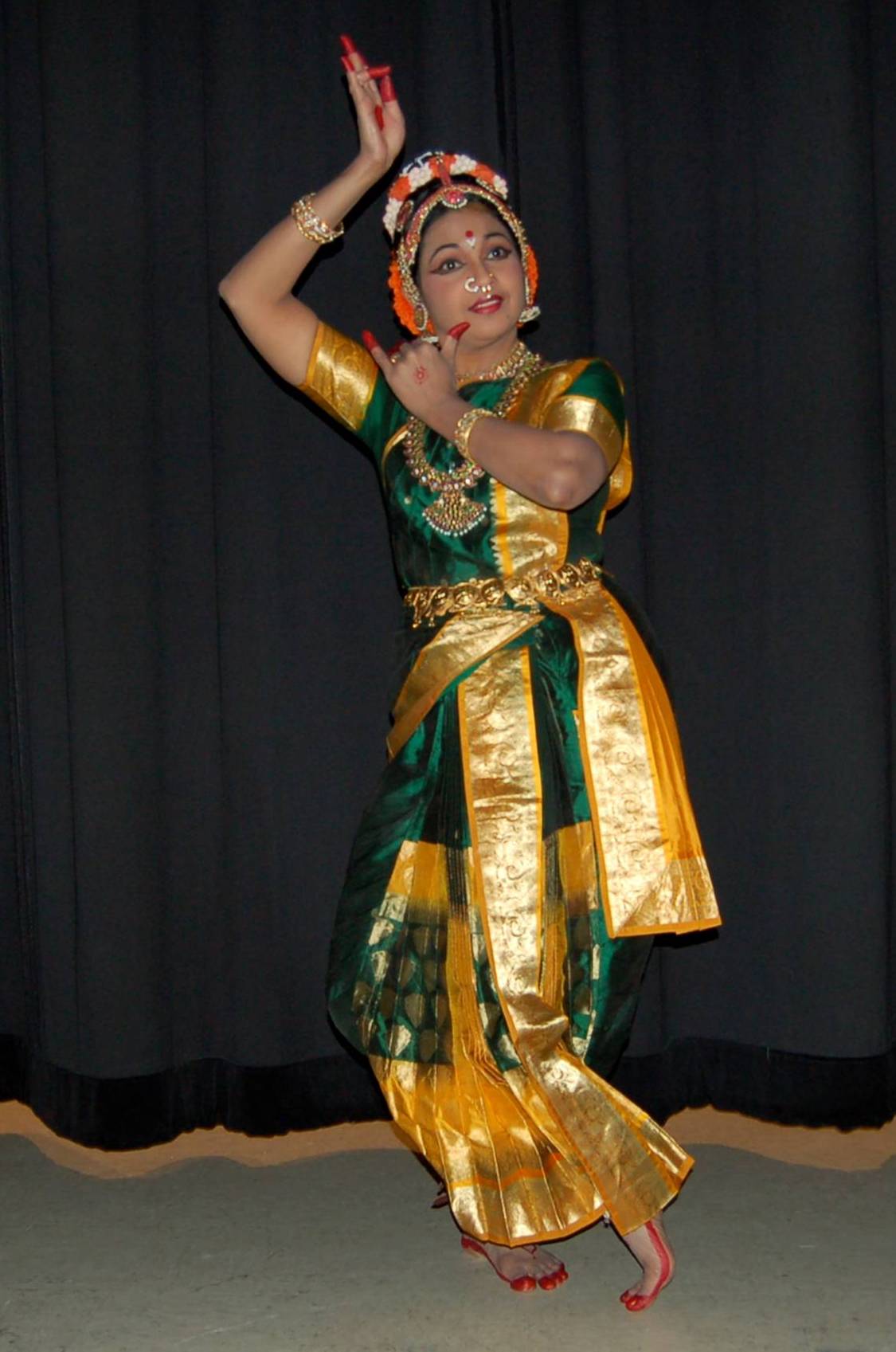|
|
|
|
Revived
by Siddhendra Yogi around 1400 A.D. in Andhra Pradesh, India, the Kuchipudi
style of dance is based on the principles enunciated in Bharata's Natya
Sastra, the authoritative treatise on classical dance, which dates back
to the second century B.C. Siddhendra, who was a devotee of Lord Krishna,
composed the song and dance form of Bhama Kalapam, which became the model
for this tradition. Siddhendra taught his students his art and his philosophy
with strict discipline. Very soon the Kuchipudi art became very popular
all over South India and enjoyed royal patronage. The Nawabs of Golkonda
granted the entire village of Kuchipudi as a gift to the artists.
Kuchipudi choreographers eventually added to their repertoire various themes from Hindu mythology. But the subject matter is taken from the epic, Bhagavatam, and that is why they are called Bhagavatars. To these dramas were added Sabdams, compositions of rhythmic character around a lyric. Kuchipudi Natya combines speech, song, mime and dance. The dance themes - Sabda, Tirmana and Daru - are rendered to syllables sung in a pleasing manner. The songs rendered by them - padams, javalis and kritis - are models of dance music.
The twentieth century has seen a great revival of Kuchipudi style. Guru Vempati Chinna Satyam is the most notable teacher who has contributed to the revival of this art during this period. He is the first teacher to introduce women into this art form and the first to introduce solo items while keeping the tradition of dramatic themes. He has choreographed many dance dramas and solo items based on stories taken from Indian mythology and modern Indian literature. It is through Guru Vempati's efforts, Kuchipudi style not only became responsible for the revival of the entire Bharata Natya style in Andhra, but also saw rich energized dances that have emerged on the modern stage in India and abroad. In this style, the Indian classical dance found a fluent medium of classical Bharata Natya, thus becoming an integral part of modern classical dance repertoire.

